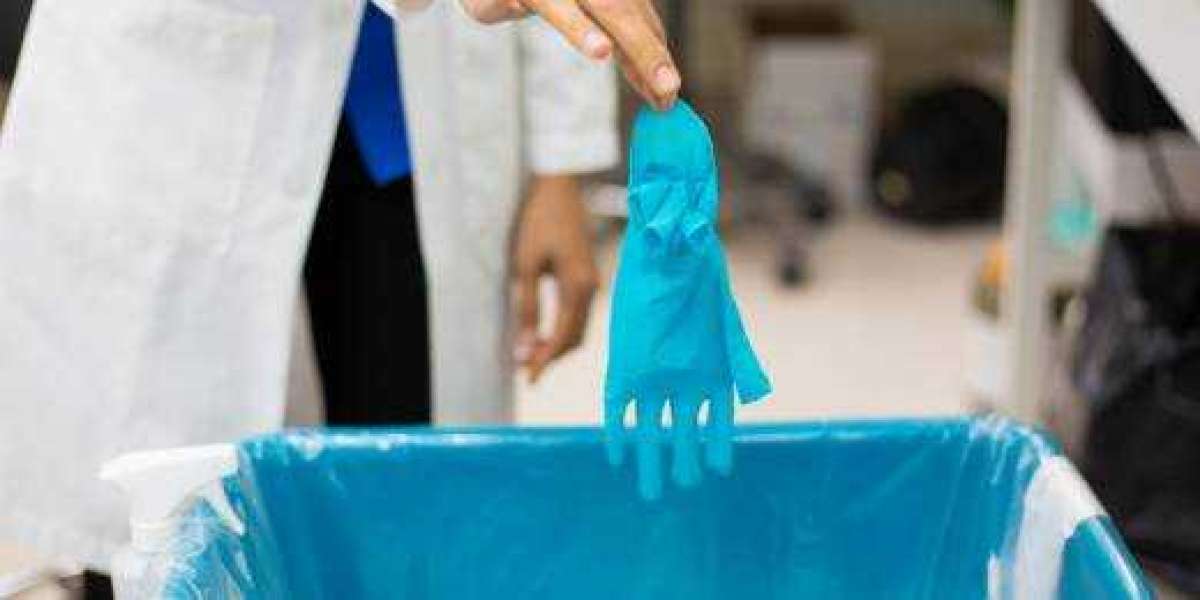In today's world, where environmental concerns have reached new heights, "going green" is no longer just a catchphrase but a fundamental responsibility. This holds especially true when it comes to the management of hazardous waste. Hazardous waste, materials that pose risks to human health and the environment, demands strict adherence to hazardous waste regulations. However, a growing focus on sustainability is reshaping the way we handle hazardous waste. In this blog post, we'll explore how organizations can "go green" by aligning their hazardous waste management practices with both regulatory requirements and best green practices.
Understanding Hazardous Waste: Hazardous waste includes materials that are toxic, flammable, corrosive, or reactive, necessitating specialized handling and disposal procedures. Regulations are in place to ensure the safe management of these materials.
The Importance of Hazardous Waste Regulations: Hazardous waste regulations exist to protect public health, safety, and the environment. They provide guidelines for waste identification, storage, transportation, treatment, and disposal.
Reducing Waste Generation: A proactive approach to sustainability begins with minimizing hazardous waste generation. Organizations can do this by adopting greener practices and using less-toxic alternatives whenever possible.
Recycling Hazardous Materials: A key aspect of going green with hazardous waste is recycling. Many hazardous materials can be reclaimed and reused, reducing waste volumes and conserving resources.
Energy Recovery: High-temperature incineration, often used for hazardous waste, can also transform waste into energy. This process helps to offset the use of fossil fuels and reduce environmental impact.
Responsible Chemical Treatment: Some hazardous waste can be treated with chemicals to neutralize or stabilize the waste, making it less hazardous.
Advanced Treatment Technologies: Innovations in treatment technologies, such as bioremediation or thermal desorption, can minimize the environmental footprint of hazardous waste disposal.
Secure Landfills: In cases where hazardous waste cannot be treated or recycled, responsible disposal in secure landfills with protective liners and monitoring systems is crucial to prevent environmental contamination.
Community Engagement: Engaging with the community and stakeholders is essential for building trust and transparency. It allows organizations to showcase their commitment to responsible hazardous waste management.
Education and Training: Regular training of staff in hazardous waste regulations and sustainable practices is crucial for maintaining compliance and ensuring that everyone is on board with green initiatives.
Continuous Improvement: Organizations should continuously monitor and evaluate their hazardous waste management practices to identify areas for improvement and stay up-to-date with changing regulations.
Conclusion:
Going green with hazardous waste management is not only about meeting regulatory requirements but also about taking a proactive approach to protect the environment and public health. By aligning their hazardous waste management practices with sustainable principles, organizations can reduce their environmental impact, protect their reputation, and contribute to a cleaner, safer world. Going green with hazardous waste is a responsibility we all share, and it is a collective step toward a more sustainable future for generations to come.








